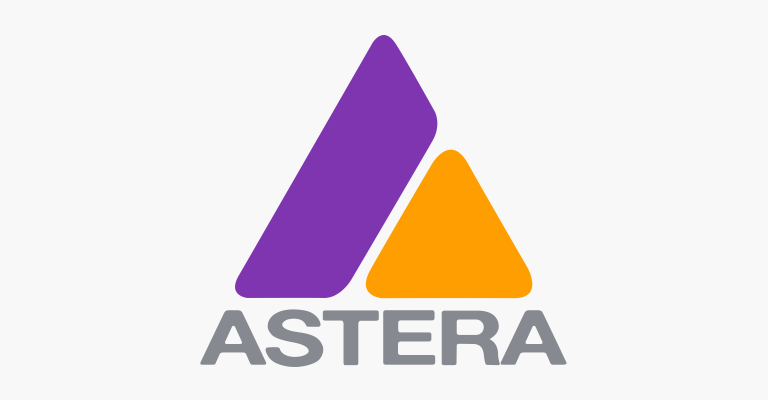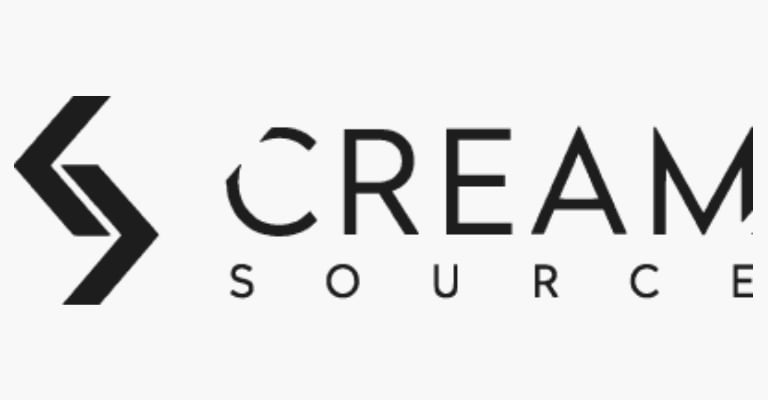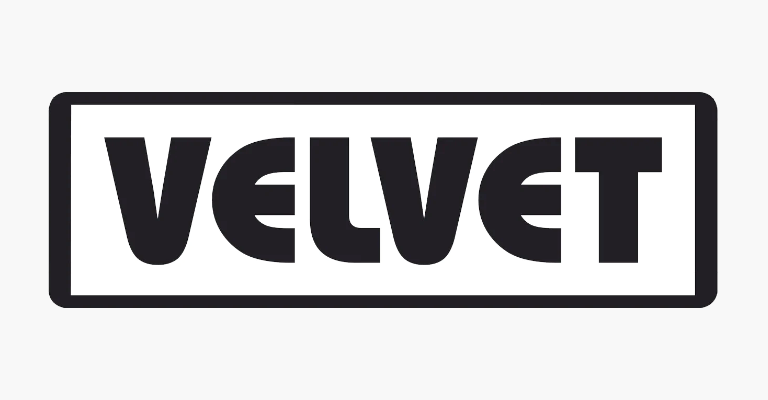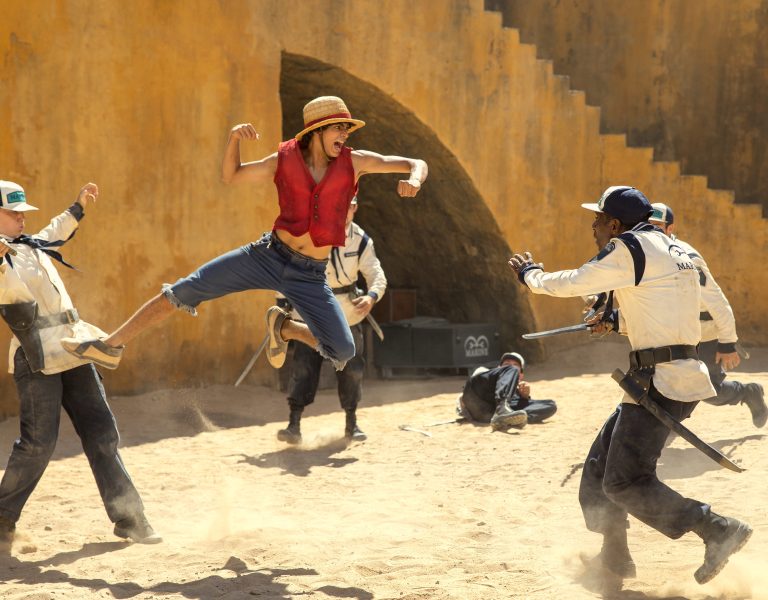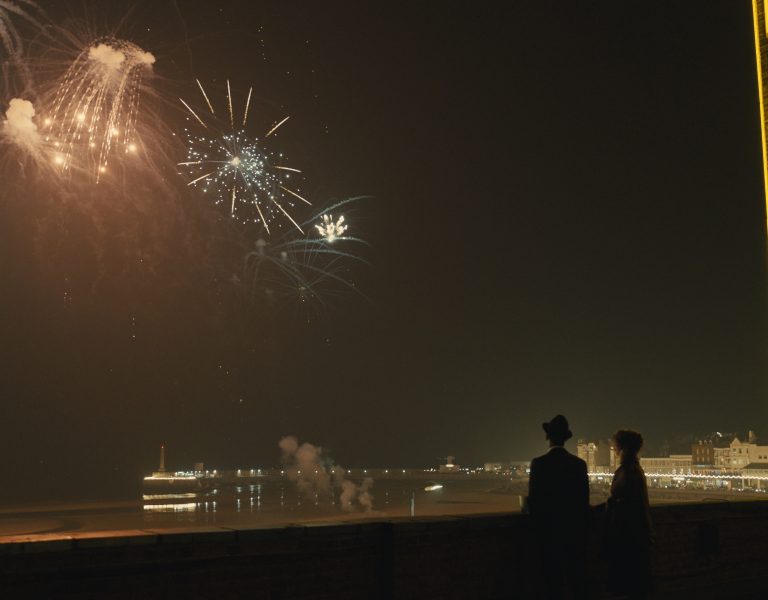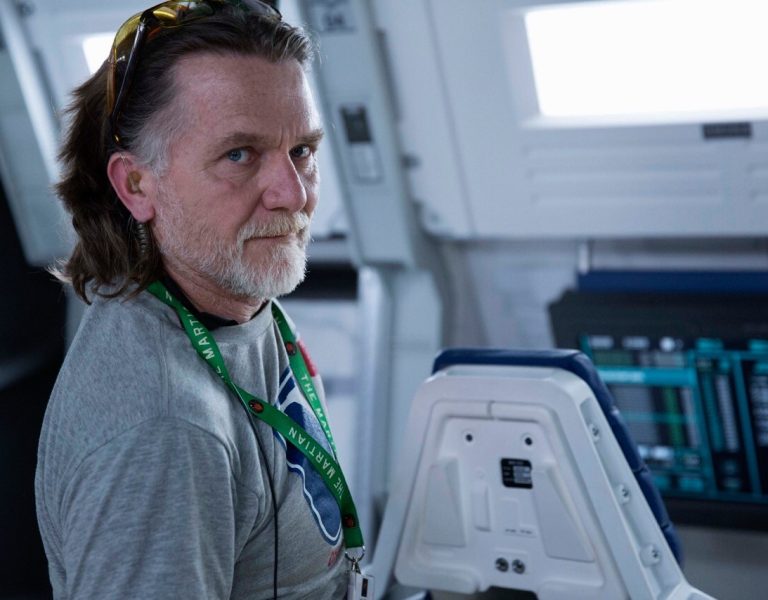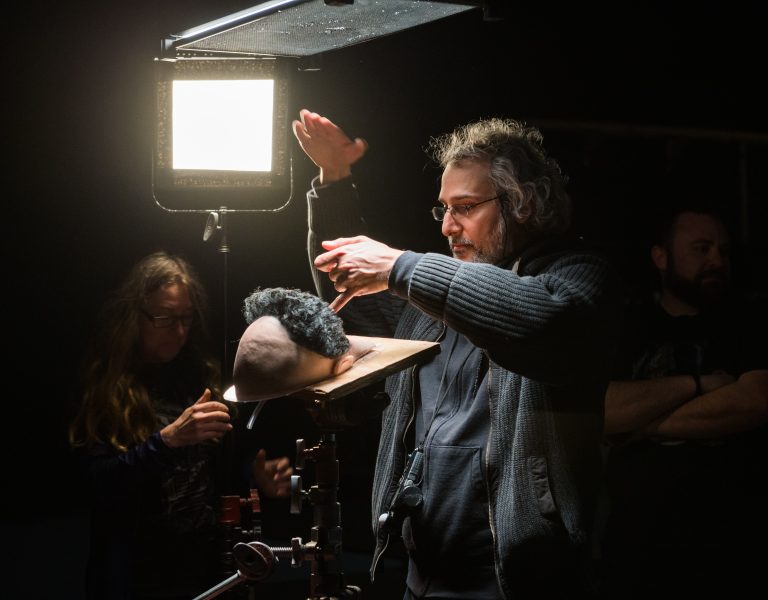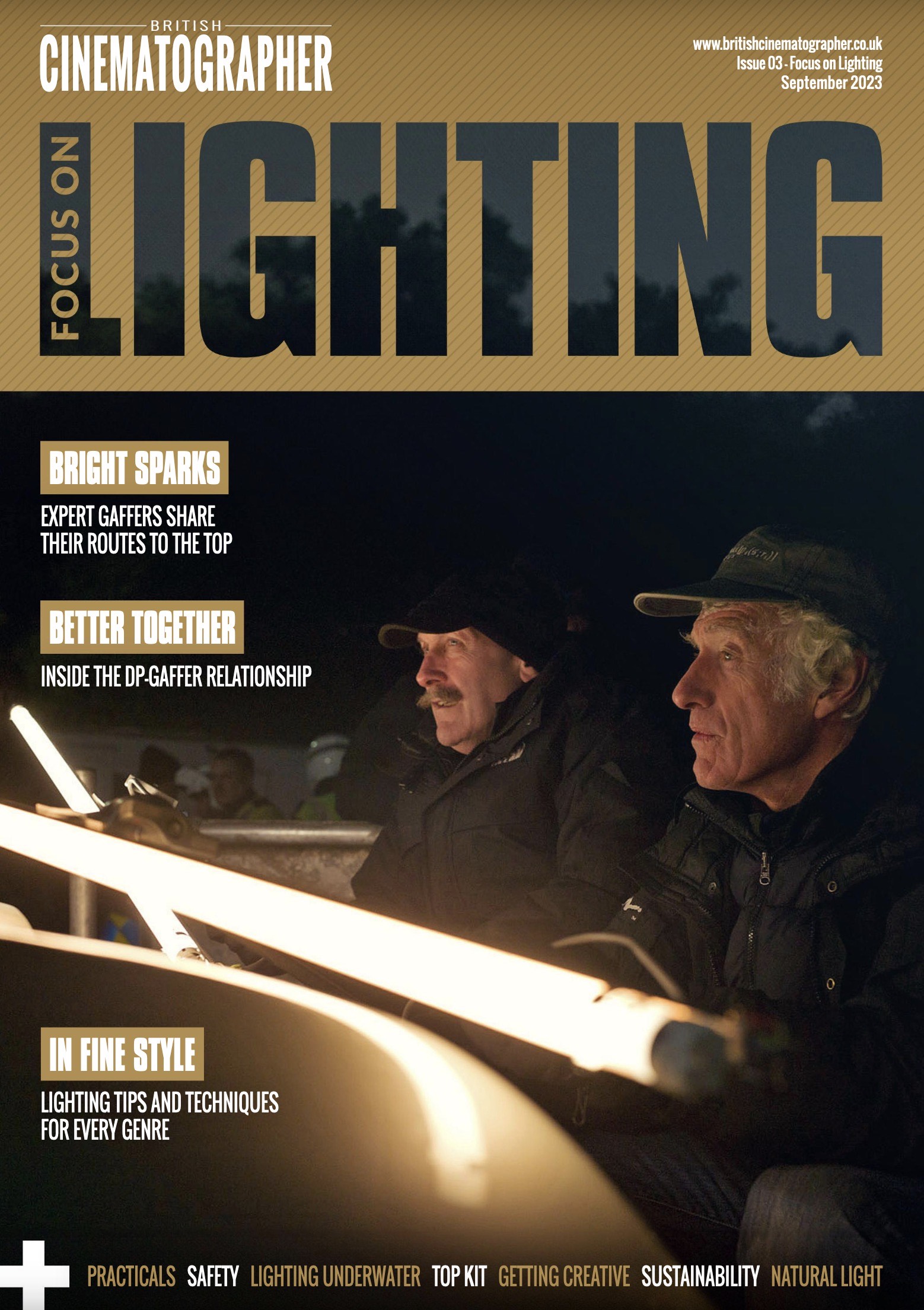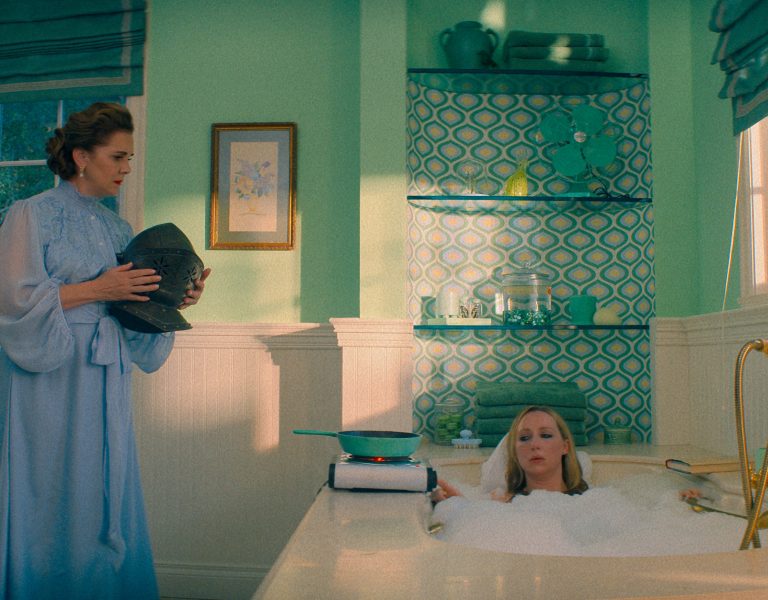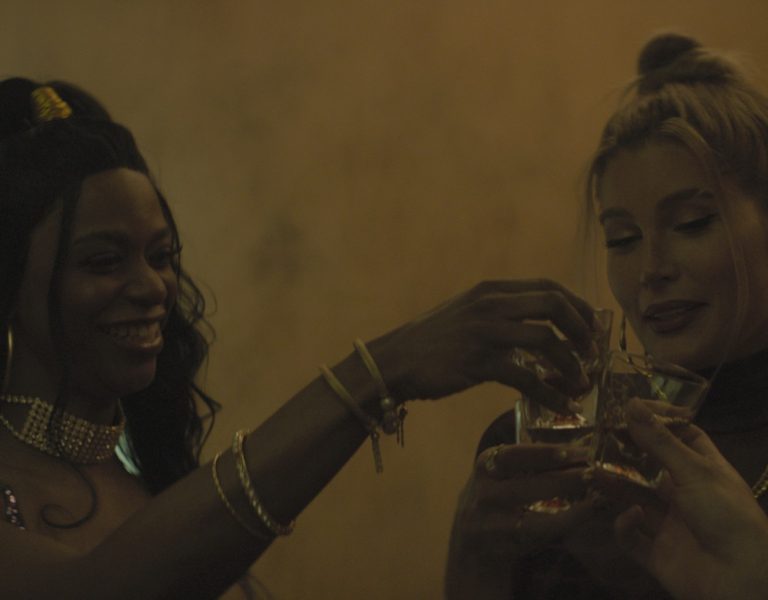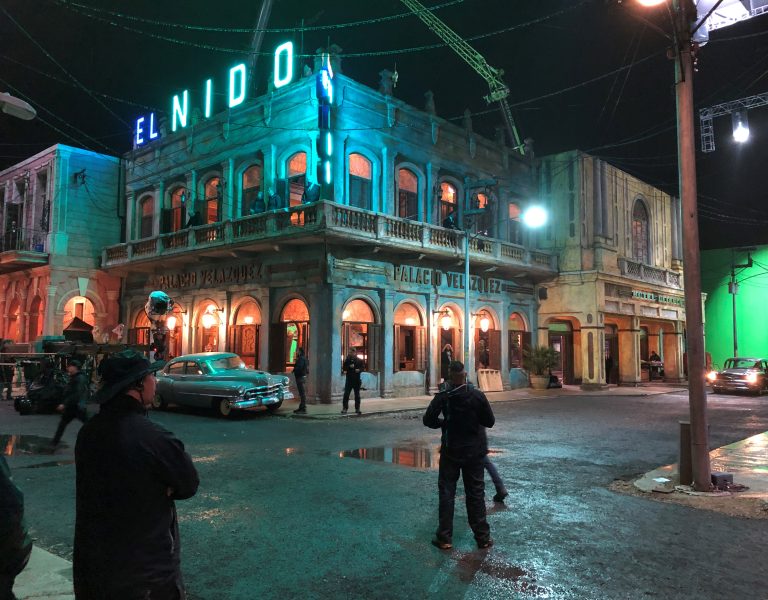From RGBW LEDs to traditional tungsten, from wireless consoles to simple textiles, the tools of the lighting department are many and varied. A range of working gaffers share their must-haves and go-to items with us.
“Keep it simple,” is Julian White’s advice. “Less is more, because if there are less things to work with there are less to go wrong.”
A veteran gaffer of many big features including The Midnight Sky and 2015’s Cinderella, White lists LED panels like Kino Flo FreeStyles and the compact Rosco DMG Maxi and Mini units amongst his essentials, as well as Astera tubes. However, “It’s all about crafting the light and the way you shape it and allow it to travel through the room,” he reflects, “which really comes down to textiles and show card and things like that.” His favourite textiles include unbleached muslin. “I like dirty Ultrabounce,” he adds. “I don’t like it when it’s nice and shiny.”
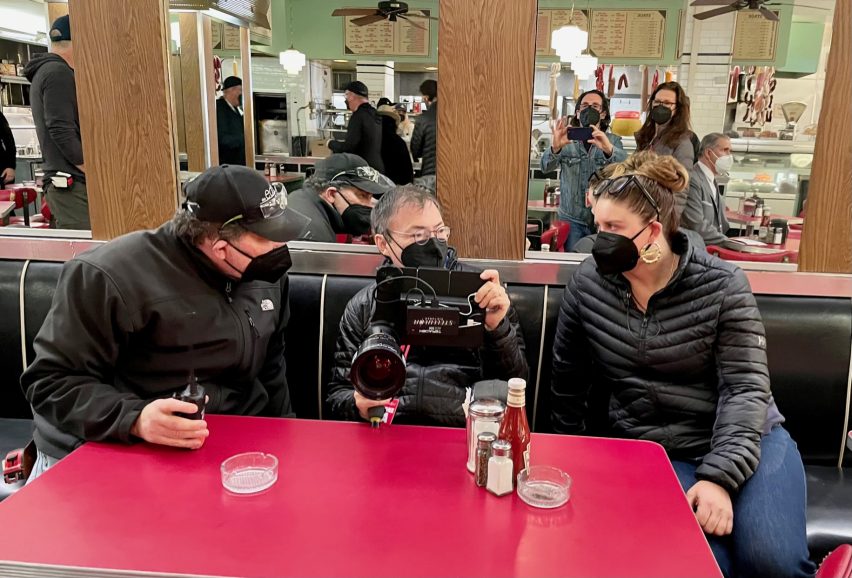
Textiles are also key for Jeremy Dawson, a gaffer of indie features including The Jack in the Box. “I’ve often thought if I put tungsten on someone they glow, or if I put LED on someone it just looks plasticky,” he says, “and to my eye, when I put a bit of natural muslin in front of it, it breaks that.”
His unique grip trick is to employ the boom poles normally used by sound crew. “They’re super light,” he explains. “They’ll go on a lightweight light stand with just a super-clamp, and they’ll extend a decent length and I can clip on muslin… so I can get myself an 8×8’ muslin with almost no kit.” Adding black and white bedsheets provides plenty of other options with low cost and great portability. “All you’ve got is a backpack with a sound boom stuck into it.”
Dawson uses several apps on set, but highlights one called Windy. “Technically it’s a windsurfer’s app, I think.” He explains that it provides “particularly detailed and accurate wind reporting, so if you’re putting up bigger textiles or anything like that it can be really useful to have.”
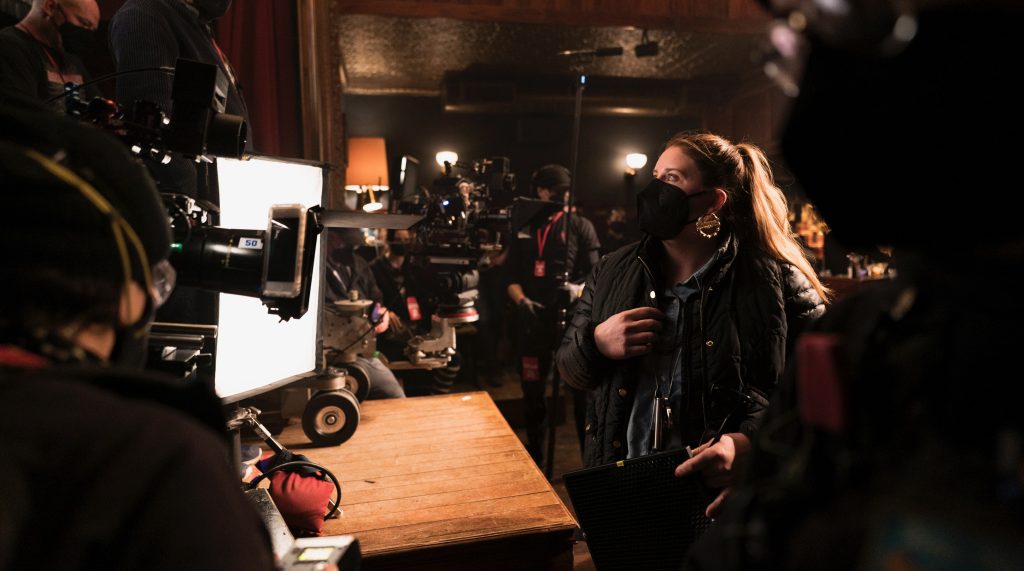
Weather is also a concern for New York-based Jennifer Scarlata, gaffer of The Marvelous Mrs. Maisel. Her go-to fixtures include the Vortex range from Creamsource; “bright, punchy LED full-colour units that are also waterproof. I love using these in lifts or for moon boxes. We deal with a lot of weather out here so there is peace of mind that they are waterproof.”
Scarlata frequently uses Astera tubes, tungsten Fresnels, ARRI SkyPanels – “The S360 is great for a large soft source for day exteriors when you don’t need the push of an 18K” – and LiteGear LiteMats, that she describes as “very lightweight and great for rigging on location in New York.”
“I’d always have LiteMats,” agrees Ben Millar, gaffer of Lady Macbeth and the recent Detectorists special, “and [tungsten] 650s, and maybe a Source Four. That to me is such a simple combination of stuff, so fast, very good quality of light, and just lightweight and tiny and not very expensive.” He says of Source Fours, made by ETC, “They can do something very, very specific. You’re able to throw a very controlled piece of light a very long way.”
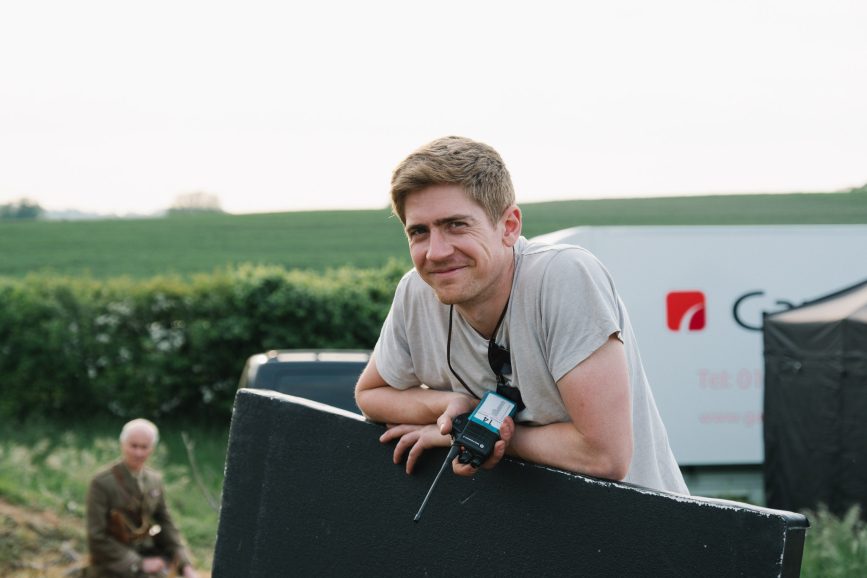
Millar has a custom-made textiles kit to fit 3×3’ frames which allows him to bounce, soften or cut light with a relatively small amount of equipment, not unlike Dawson’s backpack set-up. “I would use that on a big commercial or to light a big actor’s close-up, but I’d also have that in my bag if I was doing a documentary film and we’ve just got one LED panel light… You could do a whole job without any lights; you could do it with just practicals and textiles.”
Although Millar has a light meter, he only tends to use it for green-screen work. Instead he prefers to carry a compact digital stills camera “with manual settings so that you can emulate what the A-cam’s going to be doing. Even if it’s rough it doesn’t matter for me. It’s just getting a feeling of the stop.”
Californian gaffer Mina Stollery has a different approach. “When I’m on set, my meters are absolutely critical to the work I do,” she says. “The past few films I’ve done have only rarely been able to afford an operator for our DPs, so proper, consistent, exposure is something that I’ve had to monitor constantly.”
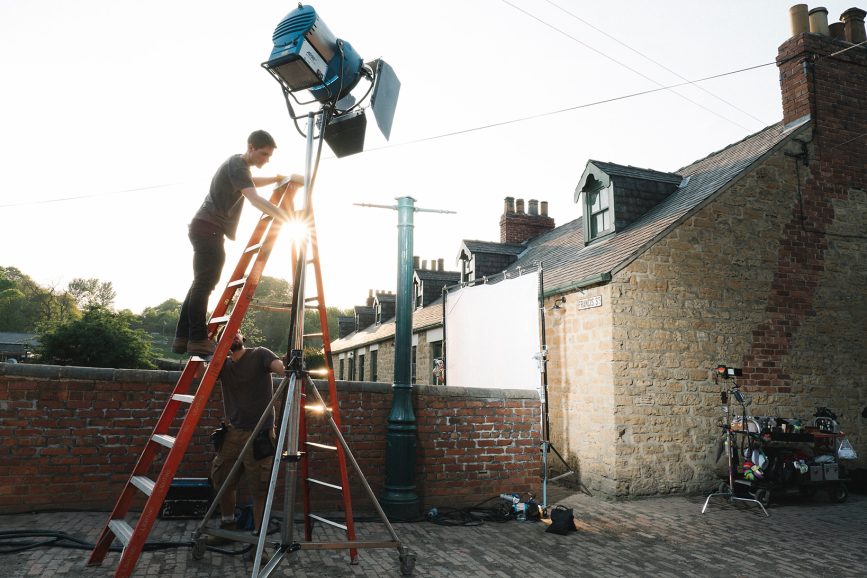
Stollery requires a “flexible and fast” lighting package for the small- to medium-budget indies that are her stock in trade, like Fairyland. This includes many of the LED fixtures already mentioned, plus more traditional units. “I round the package out with a couple of big HMIs and tungsten. I always love having a selection of peppers to float off camera as an eye-light, and nothing beats the feel of a T12 or larger tungsten unit at night for me.”
Stollery has adopted a custom fixture she first implemented with John Lacy for a scene in an ‘80s punk venue in Freaky Tales. “We ended up taking a bunch of old par cans, cutting a few notches in the back, and then we were able to hide Fiilex Q5s in them almost seamlessly. We could have period fixtures in the shot, but then had the flexibility of RGB and wireless dimming control.”
Cullum Ross is also a fan of Fiilex, often turning to their P3 and Q3 Fresnels. “They’re fantastic lights and of course completely colour tuneable.”
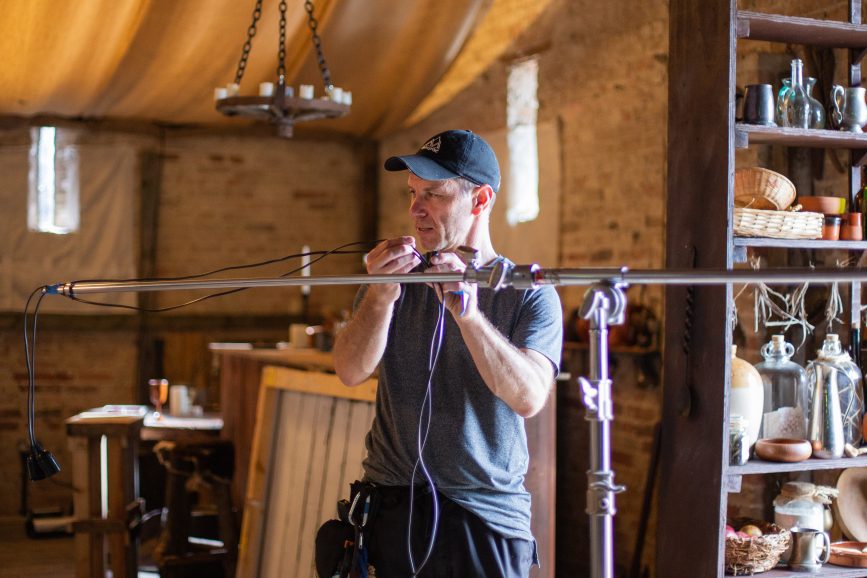
Asked what his go-to fixtures are, Ross – whose credits include Man vs. Bee – offers: “I’ve done a lot of documentary lighting (and camerawork) in the past, and nothing quite beats Dedos… You can key with them, you can fill with them, you can bounce them, they’ve got great optics on them.” Having a keen interest in sustainability, he notes: “These days they’re LEDs.”
A favourite tool for Ross is the Gaffers Control, a wireless lighting console made by Spots Unlimited. “It fits in a very small Peli case,” he explains. “It uses something called LumenRadio which is an open-source lighting control protocol and it has hundreds of different personalities or fixtures in the desk, and it can run simple cues and it’s reliable.”
Jakob Ballinger, gaffer and founder of The Light Bridge, agrees. He doesn’t like to use phone apps to control lights because the bright screen affects his ability to judge the mood and exposure of the set. With the Gaffers Control he can close the lid and operate by touch. “I can play around with it and I’m looking at the monitor or I’m looking at the set and I know what I’m doing,” he says.
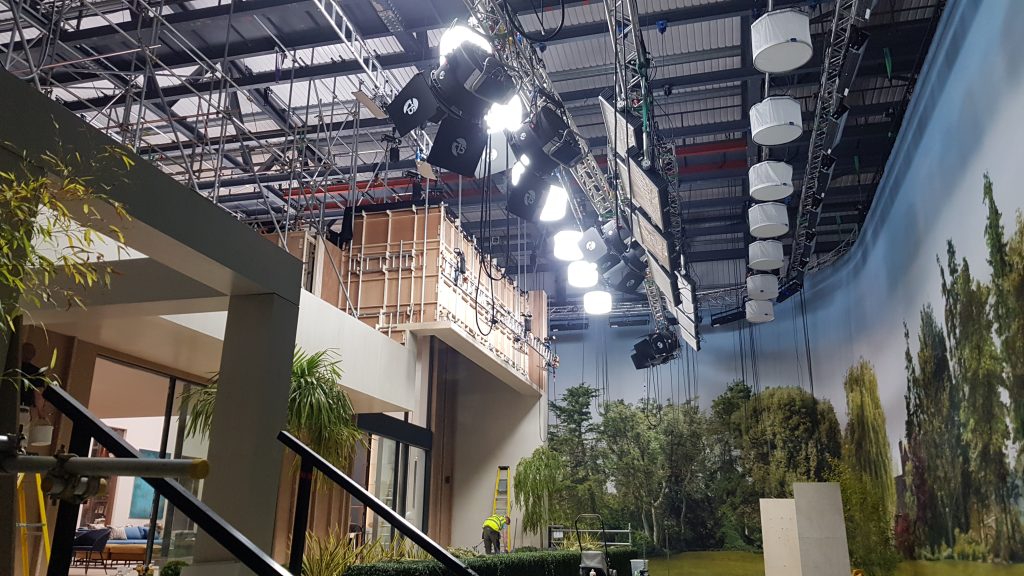
“Tungsten,” is Ballinger’s simple answer when asked what fixtures are essential. “We cannot get that colour [from LED bulbs]. It’s just so special and beautiful.” He describes a custom-made fixture consisting of multiple candle bulbs in an old Kino Flo housing. “I first started doing that when we were shooting Ludwig II,” he explains. “They always had hundreds of candles around. That is interesting but the flicker is also an issue.” His custom fixture added a consistency to the light.
“Another universal thing that I love is shears,” Ballinger continues, “having our own cloths for the windows… different patterns… It just breaks it up beautifully, because what we’re fighting these days the most is it’s become very technical, the lighting… I think the most fun part these days is to figure out how to get something funky in again.”
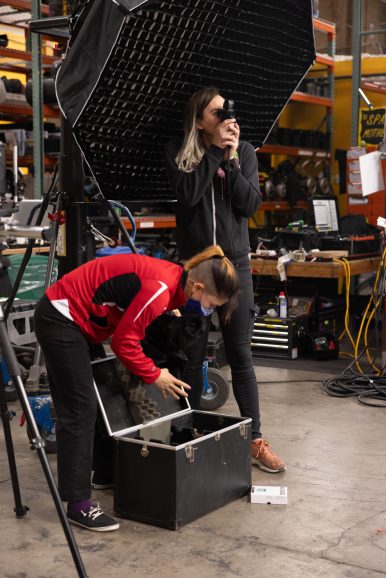
–
Words: Neil Oseman


